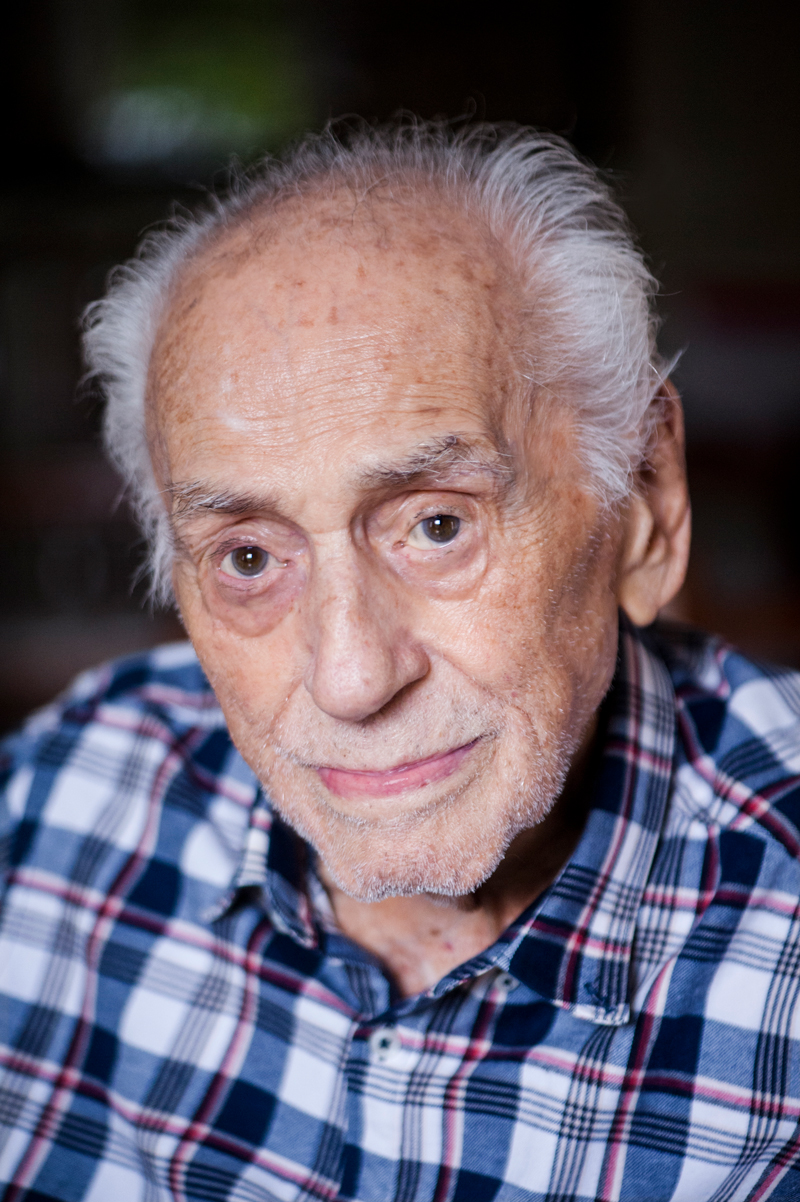
Léo Ramos Chaves / Revista Pesquisa FAPESPPetri in February this yearLéo Ramos Chaves / Revista Pesquisa FAPESP
Geologist Ana Maria Góes, from the Geosciences Institute of the University of São Paulo (IGC-USP), recalls that Setembrino Petri never rested on his laurels: “Up to the age of 90, he was still going out doing fieldwork.” After officially retiring in 1985, he taught at the IGC for another 10 years and continued mentoring students until shortly before he died on March 1, at the age of 100. With a diverse personal and professional background, he emphasized that he was a naturalist, not a geologist.
“The way a naturalist and a geologist think is different,” he once said in an interview with Pesquisa FAPESP. “Naturalists look at nature from a wide perspective, organizing knowledge by integrating various simultaneously contemplated subjects. Geologists start their observation of an event based on a question circumscribed by the scope of their work, completing or remodeling a body of previous knowledge.”
Born in Amparo, Petri enrolled on the natural history course at what was then USP’s School of Philosophy, Sciences and Letters (FFCL) in 1942 — there was no geology course in São Paulo at that time. “The tense atmosphere at the end of the Second World War colored our day-to-day lives with an aura of concern, raising profound unknowns about the future; we were occupied by a sense of responsibility, perhaps too heavy for our age,” he wrote in the book Crônicas da paleontologia brasileira (Chronicles of Brazilian paleontology), organized by Rafael Delcourt and Renato Pirani Ghilardi (Letra1, 2022).
After graduating in 1944, Petri spent almost a year at the São Paulo Geographic and Geological Institute, before starting a PhD in natural history at USP in 1945. For his doctorate, completed in 1948, he studied marine fossils from Paraná aged 419 million to 370 million years old, presenting a new approach called stratigraphic paleontology, which associates fossils with the geological layers where they were found.
He became interested in microfossils — the skeletal remains of microscopic organisms, from thousandths of a millimeter to a few centimeters in length — when Antônio Rocha Penteado, a colleague from the Geography Department at FFCL, gave him some samples of limestone from Pará. They contained many microfossils of single-celled marine organisms known as foraminifera.
To study them, he successfully applied for a fellowship at the Cushman Laboratory of Foraminiferal Research (now the Cushman Foundation of Foraminiferal Research) in the USA. He was there when the directors of the National Petroleum Council (CNP) invited him to study fossils collected from oil drilling areas. Petri left USP in 1950 to work with the CNP in Belém, where he set up Brazil’s first micropaleontology laboratory. In 1954, when the CNP became Petrobras, he returned to USP.
At the IGC, Petri drew paleogeographic maps showing the distribution of marine animals along the Brazilian coast millions of years ago, and described dozens of new foraminifera species. The most recent description, of a species from the Antarctic peninsula aged between 22 million and 11 million years old, was presented in a Journal of Paleontology article in January 2022. He argued that microfossils were abundant and extremely useful for dating rock formations.
Republish